A little deep freeze just might help you get some deep sleep. Scientists in Canada and France have found evidence that regularly spending five minutes a day in extremely cold temperatures can noticeably improve people’s sleep.
Researchers at the University of Montreal and the University of Poitiers conducted the chilling study, which aimed to track the potential benefits of daily full-body “cryostimulation.” The researchers studied healthy volunteers in the lab, finding that people’s duration and quality of sleep increased while they were undergoing the cold therapy. The findings suggest that cryostimulation could be a viable treatment for those with sleep issues, the researchers say.
The study involved nine women and 11 men, all in their twenties. For five days straight at 6 p.m., the volunteers disrobed and stayed inside a chamber chilled to -130 degrees Fahrenheit (-90 degrees C) for five minutes (for some context, the absolute coldest natural temperature recorded in modern times is -128.6 degrees Fahrenheit). They otherwise lived their day as usual, though without consuming alcohol, caffeine, or anything else that could have affected their sleep. They were then given wearables that tracked their heart rate, brain activity, and sleeping pattern as they went off to bedtime. They also filled out surveys assessing their quality of sleep. As a control for comparison, the volunteers underwent the same tracking routine a second time, but without actually getting any cold therapy before their sleep.
The volunteers seemed to sleep better after cryostimulation, though not at first, since the researchers only noticed an objective difference in outcomes after the fifth day of sessions. The biggest change seen was with slow-wave, or deep, sleep, the most rejuvenative phase of sleeping. On average, people’s deep sleep was increased by 7.3 minutes after receiving cryostimulation, the researchers found (people typically get around two hours of deep sleep a night). The volunteers also reported better sleep quality after going through cryostimulation, though on closer examination, the change was only significant for the women.
The team’s findings, published in the December issue of the journal Cryobiology, are certainly interesting, but you don’t need to rush out and get yourself a human-sized freezer right away. (That said, and in case you’re wondering, the researchers used MECOTEC’s cryo air chamber.) For one, the improvements in sleep that the researchers observed are still pretty modest. And the results themselves are based on a small sample size, so it will take larger trials to really know if there’s a genuine boost from getting chilled out before bedtime. But the researchers do argue that these potential benefits could be amplified for people genuinely struggling to get a good night’s sleep.
“While this study focused on people who generally sleep well, we believe that cryostimulation could be especially beneficial for people with sleep problems,” said study researcher Olivier Dupuy, an associate professor at the University of Montreal’s School of Kinesiology and Physical Activity Sciences, in a statement from the university.
The study is part of a larger project by Dupuy’s team to examine the health benefits of cryostimulation. Other research has suggested it can potentially relieve certain kinds of pain and inflammation, and Dupuy’s team has been studying whether it was a boon to elite athletes during the recent Summer Olympics in Paris this year. They also plan to publish two other papers looking at how the therapy can affect sleep. So while more work is needed to validate these findings and to better understand exactly how extreme cold can be so healing, the researchers say that it might not take too long before cryostimulation has its day in the Sun.
“With these encouraging new data, cryostimulation could well be adopted in clinical settings in the fields of medicine, kinesiology and physiotherapy,” Dupuy said.
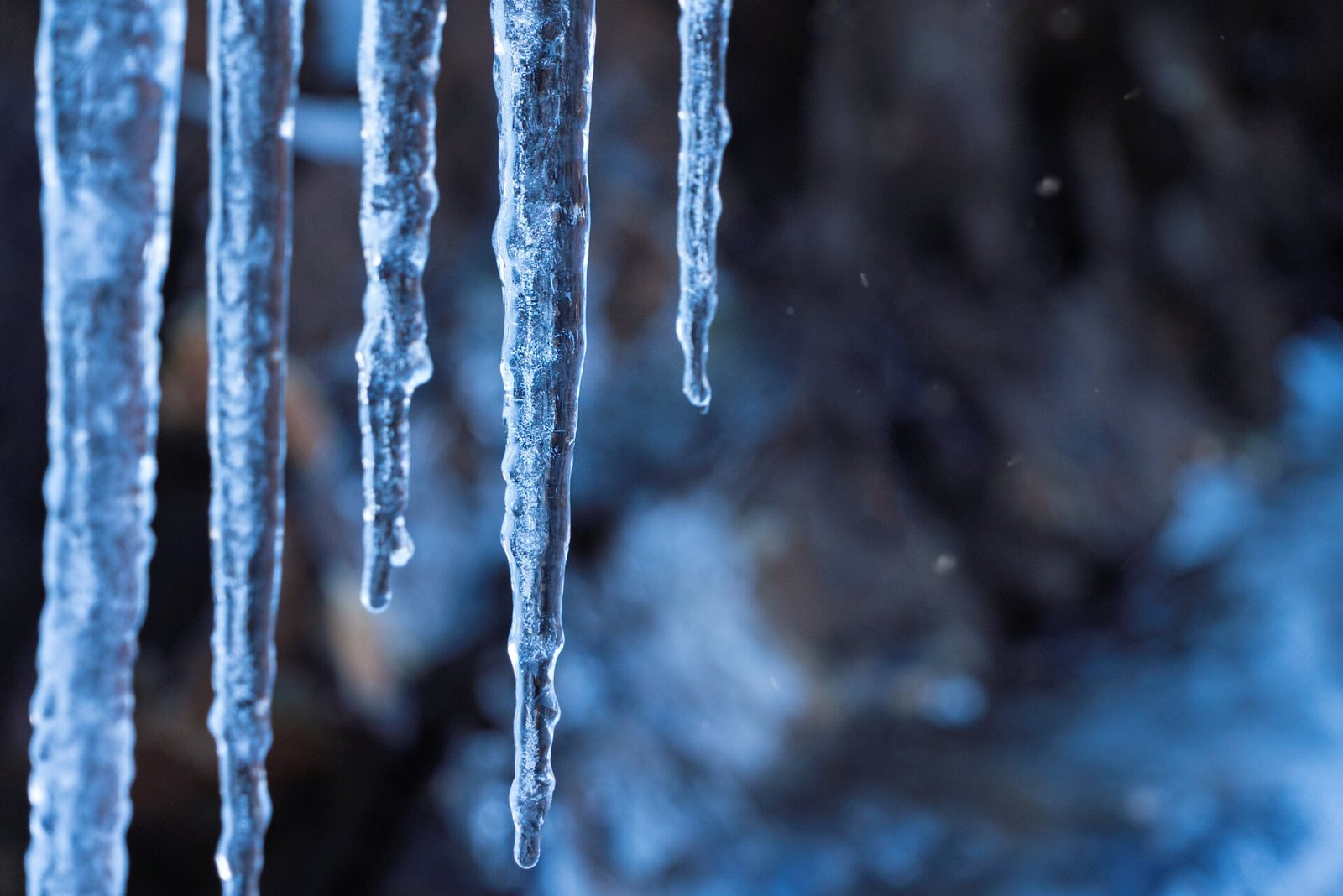
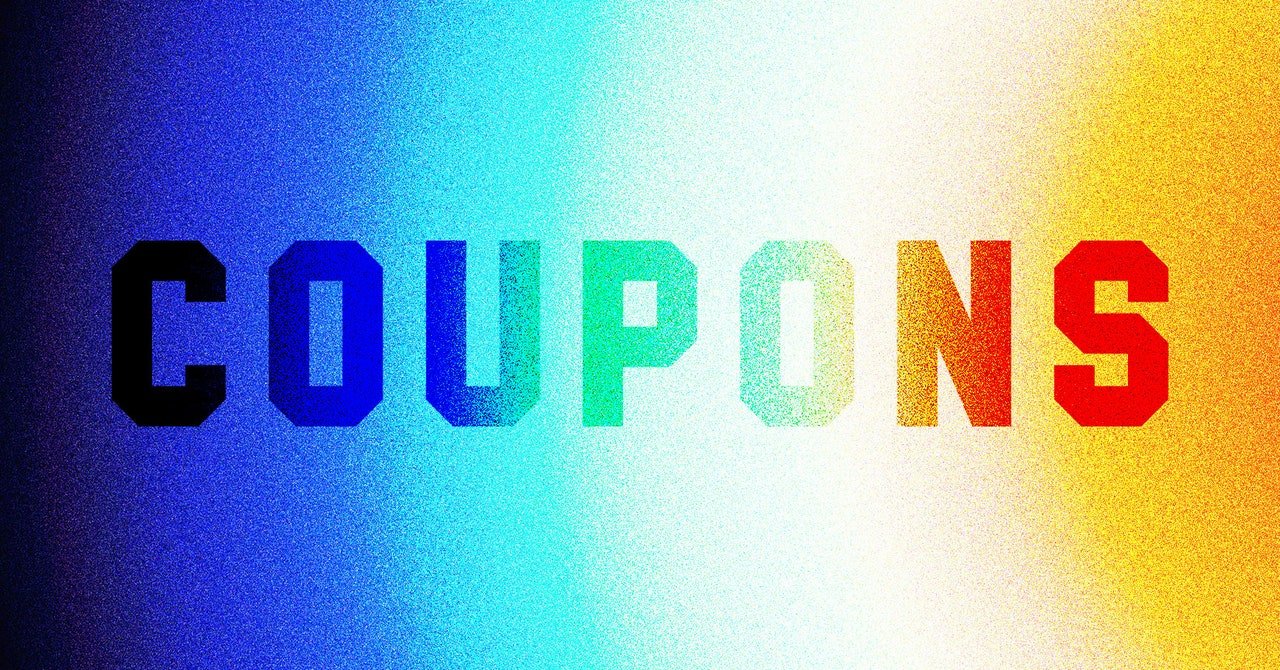

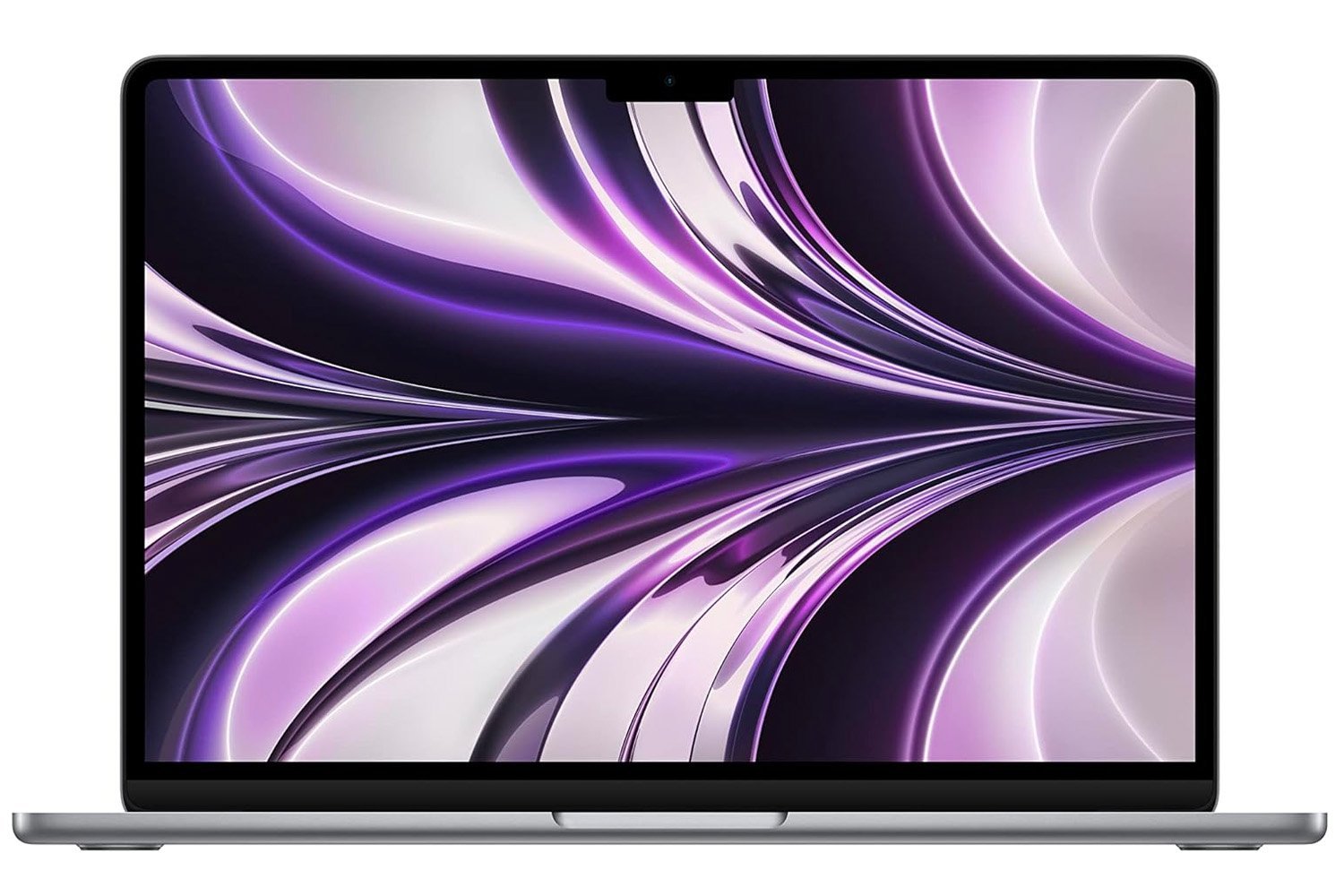
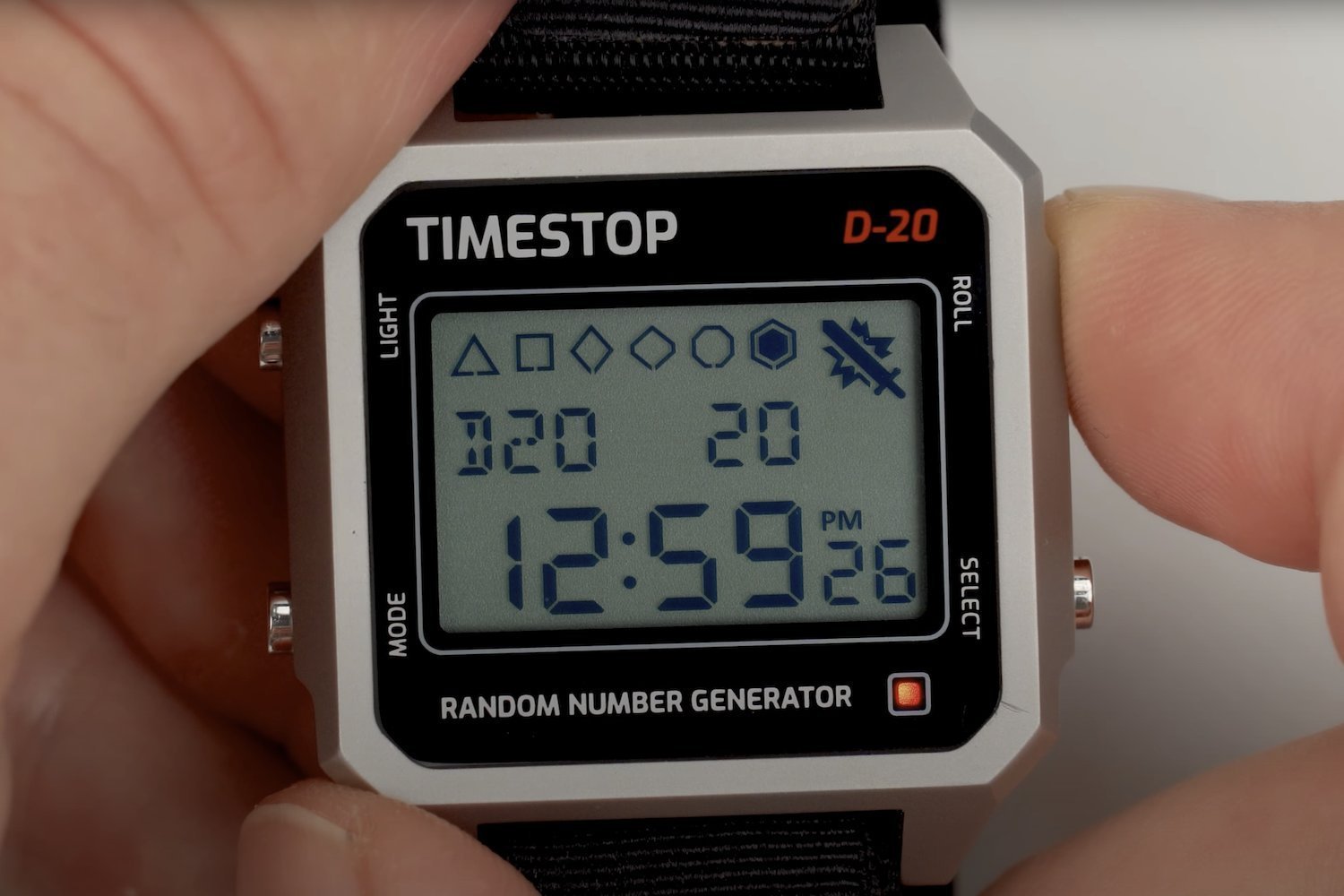
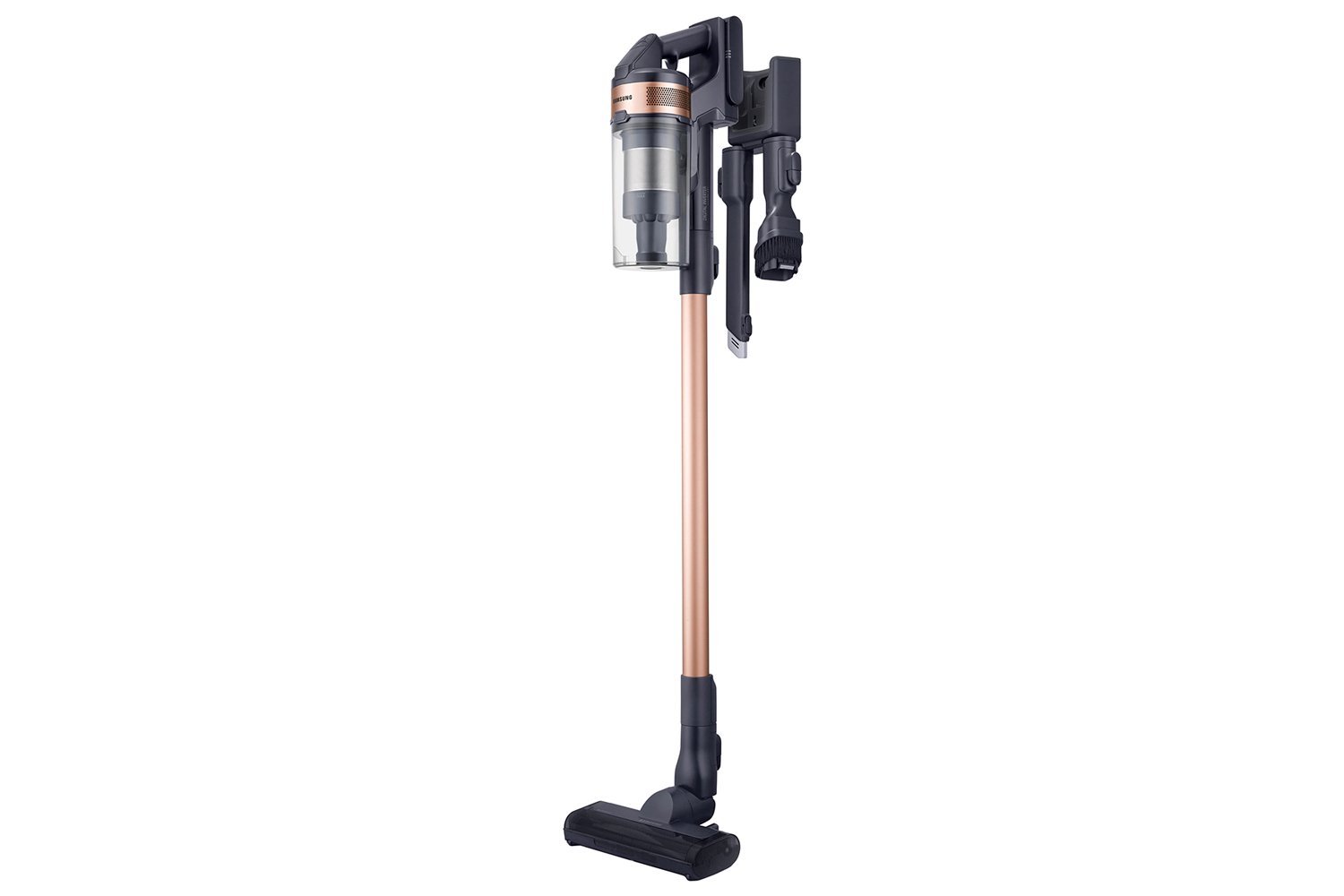


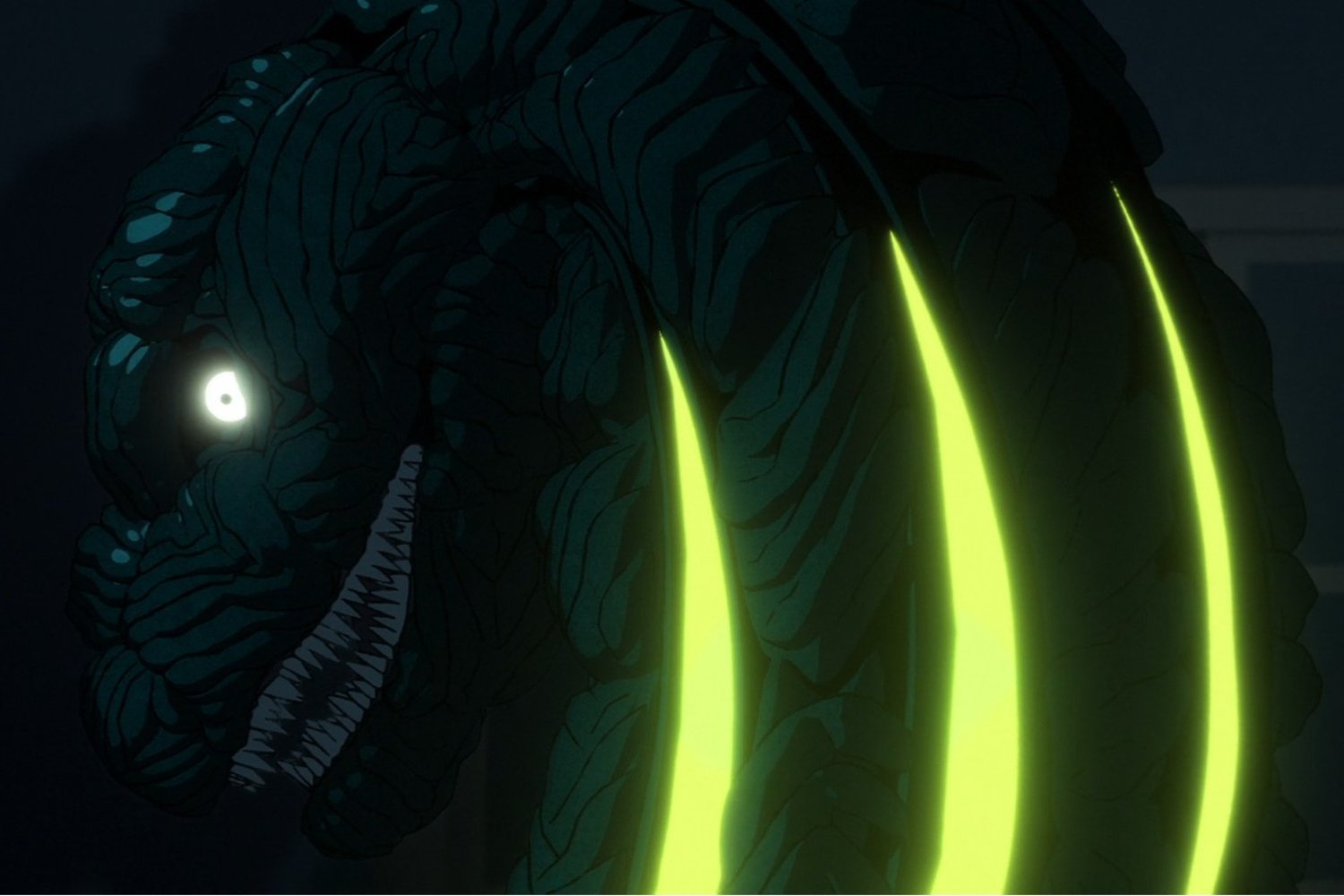

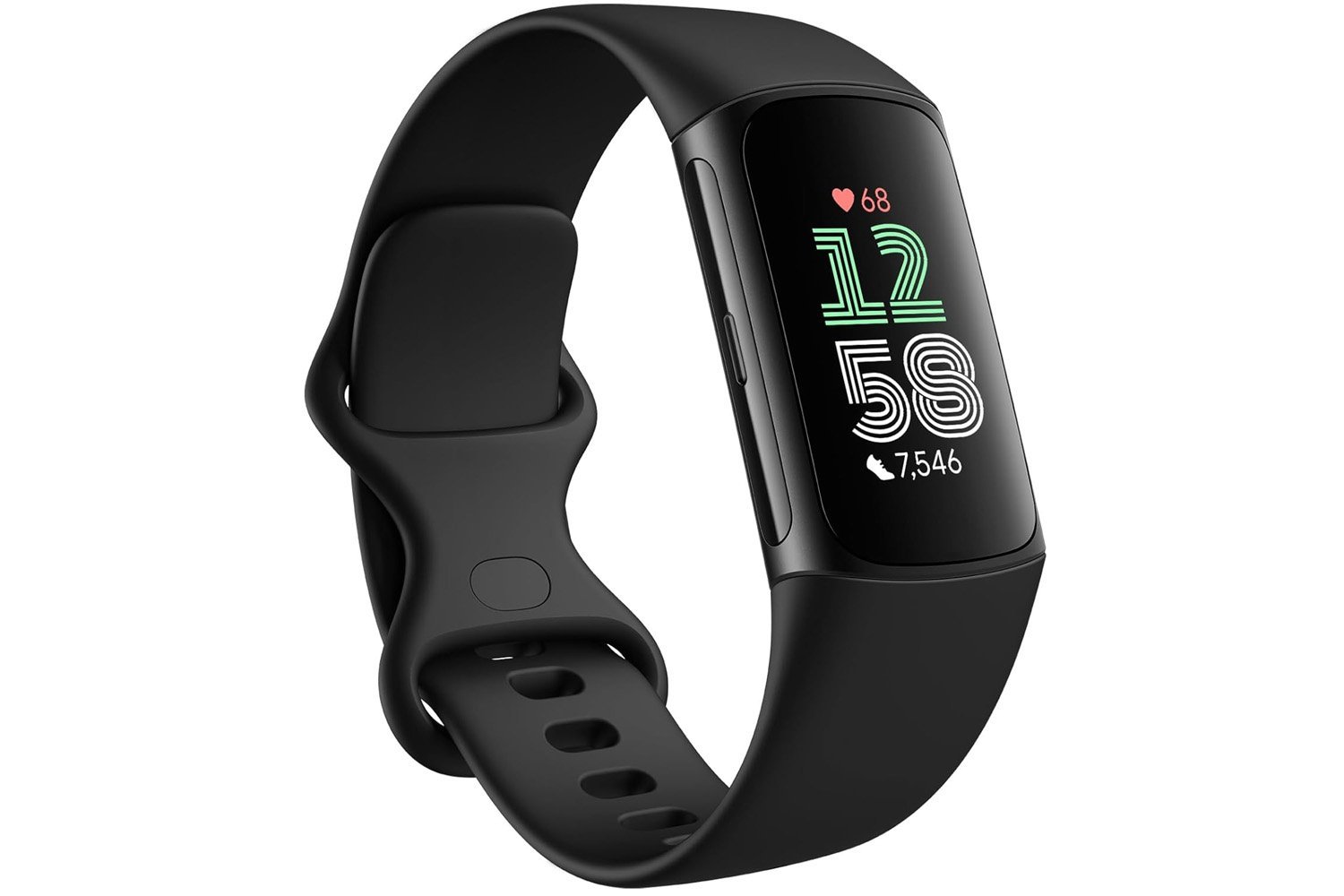



Leave a Reply